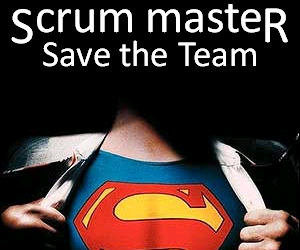Author Archives: Meg McGinty
An Intro to Resolving Duplicate Results in SQL Queries

I recently reviewed a SQL query that was returning duplicate results. Since I expected, and needed, a single result from the query this was a problem. Here’s an explanation of why this bug occurred, and several different ways it can be resolved.
Zend DB Config.ini for Oracle DB options

Lessons Learned from My First HTML5 Video implementation

A Quick Reference on Box-Shadows

Every few months I come across the need to add shadows to frontends, and it seems each time I have to go back and look up how these things work. I always take to the internet for a brush up on box shadows, but I seem to find more information than I’m looking for – I just want a quick cheat sheet, not the War and Peace of box-shadowing. So here’s the cheat sheet I’ll be using from now on to create the shadows I need.
Running A Good Scrum

Whether or not they follow other precepts of Agile development, many software companies have implemented some form of a ‘scrum’ – a short daily stand-up in which team members report on their current progress. A well run scrum can be an extremely valuable communication asset for team members. A poorly run scrum can be an annoying and time consuming hassle that turns teams off of scrum. And even though teams are supposed to be “self-organizing”, in my experience a good scrummaster is always important for a good scrum outcome. Below I’ve outlined a few common problems for scrums, and things the scrummaster can do to keep things on track.
